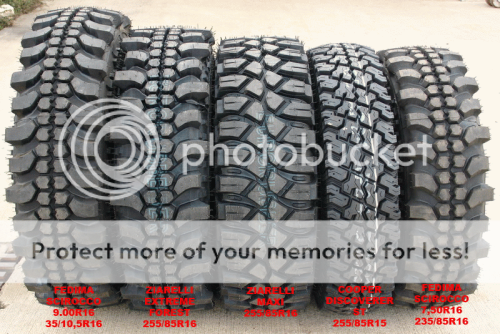From what I can see from a tyre selection calculator on t'interweb is that both the sizes quoted in the first message by the OP fall into the range of wheel sizes from 6.00" x 16" to 7.50" x 16", there will also be a recommended size. The "J" is somewhat of a misunderstood indicator. Many people take it to mean something about the width of the rim, but the actual meaning for "J" is that it "Indicates the shape of the wheel on the place where the tyre bead sits on the wheel".
The size of tyre depends on more than just the rim width and diameter, the profile of the tyre must be considered too.
Wheel sizes for a given tyre size:
- 225/75/16
6.00" x 16" to 7.50" x 16". Recommendation 6.00" x 16"
- 225/70/16
6.00" x 16" to 7.50" x 16". Recommendation 6.50" x 16"
- 235/70/16
6.00" x 16" to 8.00" x 16". Recommendation 7.00" x 16"
- 235/75/16
6.00" x 16" to 8.00" x 16". Recommendation 6.50" x 16"
After checking even further, the web site I've used would indicate that the "width" figure for any given tyre is not the width of the rim, but the width of the tyre tread face on the outside of the tyre where it meets the road. 225 mm is 8.86 inches, 235 mm is 9.25 inches.
Website:
http://www.tyresizecalculator.com/tyre-wheel-calculators/wheel-rim-size-calculator




